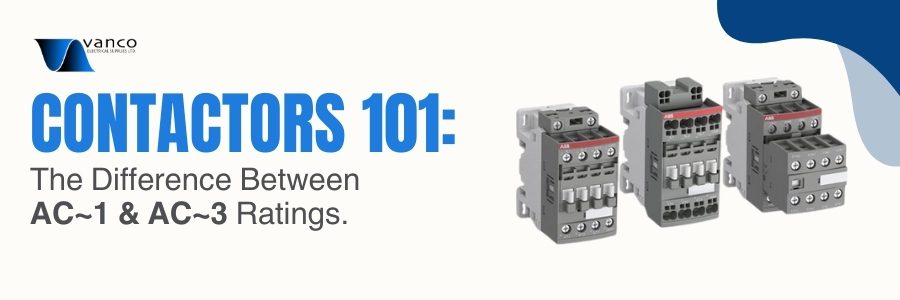What is a Contactor?
A contactor is an electrically controlled switching device used to repeatedly open and close circuits, primarily in applications requiring high-current switching. It is a type of relay differentiated by its capacity for higher power loads. Contactors find use in scenarios where power needs to be cycled frequently or rapidly. They are commonly utilized in electric motor starters and high-powered lighting control systems offering additional safety features like overload protection. Contactors are larger and more robust than standard relays. They are designed for high-voltage applications yet remain portable and easily mountable for field use.
How do they work?
Contactors are essential electrical devices comprising three main components: the coil, contacts, and enclosure. The coil, functioning as an electromagnet, triggers the switch contacts to either open or close when powered. Contacts, including various types like springs and power contacts, facilitate the flow of current and voltage. The enclosure encases these components, providing insulation and protection against hazards.
The operational principle is simple: when current passes through the coil, a magnetic field forms, causing the armature to act on the contacts. Normally open (NO) contactors close the circuit when energized, while normally closed (NC) contactors open it. Contactors are capable of swift switching over numerous cycles, making them crucial in electrical systems.
Difference between AC~1 and AC~3 Ratings
AC~1
Primarily suited for resistive loads such as heaters and electrical furnaces, AC~1 contactors handle non-inductive or slightly inductive loads. This means they’re designed to manage power factors ranging from 0.95 to 1.
AC~3
When it comes to powering up squirrel-cage motors or safely switching them off during operation, AC~3 contactors take the lead. They’re commonly utilized in applications where they can manage high currents continuously.
Understanding these distinctions aids in making wise choices for your electrical systems. Stay informed!

